Ventilation in the bathroom and toilet: device features

The bathroom is a room with high humidity, and condensation often forms in the bathroom due to the high temperature of the water during bathing. To keep dry walls, floor and ceiling in the room, it is important to ventilate the room well, otherwise mold will develop, and it will be not only unpleasant, but also dangerous to be in the bathroom. Having properly arranged the ventilation system, you can save yourself from the unpleasant consequences of its absence.
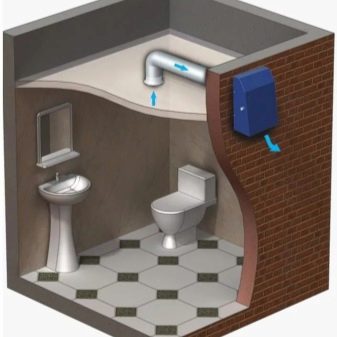
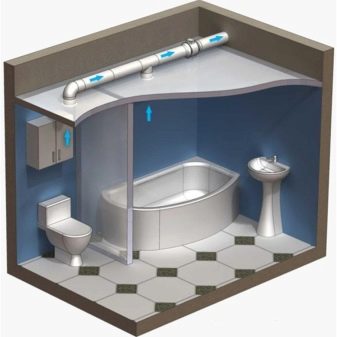
Peculiarities
Any room in an apartment or house should not only be suitable for habitation, but also be used comfortably. So, if there are no windows in the living room, then the air there will be stale and stale, which will contribute to the development of pathogens, and the person who lives there will be constantly ill.
It is equally important to make sure that your toilet and shower are just as comfortable. The bathroom can be either combined or separate, which, in turn, implies a different ventilation device. The hood for bathroom and toilet must effectively cope with its task, providing intensive air exchange and constant temperature in the room. Ventilation is especially important in those conditions where there is a high level of humidity, because constant contact with water spoils any wall, floor or ceiling covering and causes the appearance of unwanted microorganisms on it, which adversely affect human health.

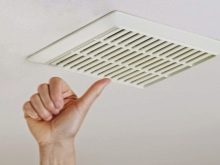
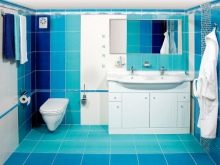
In the toilet, a hood is needed to effectively remove an unpleasant odor, which is very important for this room, especially in an apartment. No matter what room we are talking about, it is necessary to create optimal conditions for the existence of a person of any age.
You can take care of the ventilation system yourself or with the help of professionals.
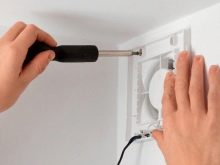
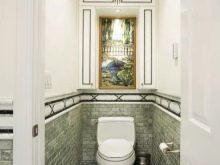
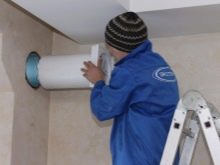
Views
Based on the various configurations of premises in an apartment or house, their dimensions, there are several options for ventilation that can be installed in them. The simplest will be natural ventilation, which is laid in the process of housing construction, but if you wish, you can make it or upgrade it later. Such a system helps to move air masses, effectively renewing them indoors, while not requiring the installation of any electrical equipment.
The principle of its operation is that air ducts are installed on top of the room leading to the roof., hot air in the room rises and enters these secret paths due to the temperature difference. This principle is called convection and works quite effectively if there are different temperatures in the room and outside.
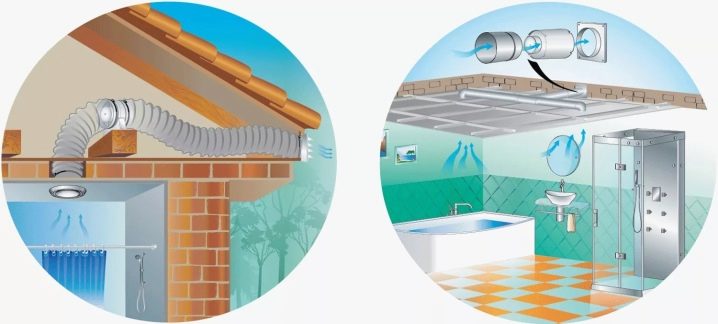
When such a hood is created, it is necessary to provide for some nuances.
- The air duct must be placed vertically. Each room in the room should have its own shaft.
- If the premises are located nearby and have a similar specificity in the form of high humidity, a large temperature difference and a strong odor, then they can be combined with one ventilation shaft.
- The natural type of ventilation at a neutral temperature has little draft, therefore it is advisable to make air ducts with smooth walls.
- When installing ventilation yourself, it is better to take care that there are no sharp corners that impede the passage of air and its output.
- Single-storey houses should have a wiring near the ceiling, which goes to the attic and leads to the roof.
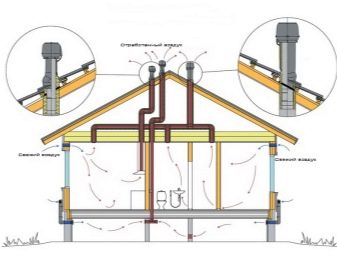
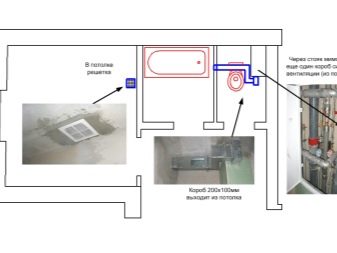
The air that is removed from the room has a certain tension and circulation, which is called draft force.
There are several ways to check the performance of ventilation.
- Bring the match to the ventilation. If there is a movement of the flame, it means that the ventilation is working properly.
- Take a sheet of paper and bring it to the ventilation. If he sticks to it, then the thrust is good, if he falls, then the air is removed poorly. The readings will be inaccurate if the indoor and outdoor temperatures are approximately the same.
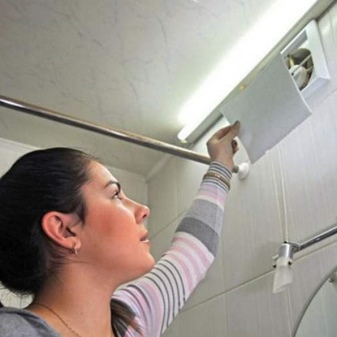
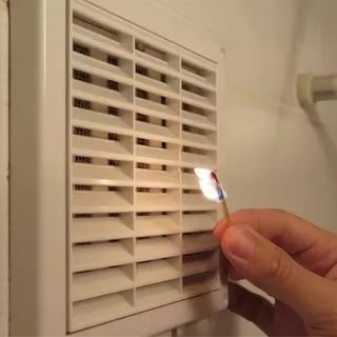
If natural ventilation does not work effectively, it is advisable to use a reinforced version. Forced ventilation assumes the presence of an electrical appliance in the form of a fan. Ceiling ventilation of this type must be equipped with a suitable device that can cope with the given amount of air masses. For such a device, it is enough to have one channel in the room through which all the polluted air will be removed from the room. To calculate the optimal power of the device, you need to multiply the volume of the room, where the length is multiplied by the width and height of the room, by the frequency of use, which ranges from 5 to 10, which is dictated by the number of people living in the room and using the bath, toilet or kitchen.
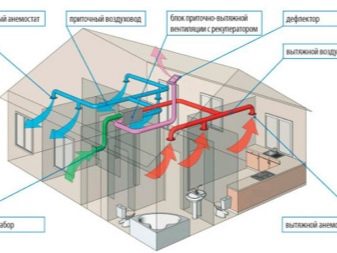

With a minimum number of residents, the coefficient is five, then it increases relative to the residents of an apartment or house.
Using forced ventilators in the bathroom can be dangerous, because the contact of electrical appliances with moisture can cause a short circuit. In order not to risk the performance of the device and the safety of residents, it is necessary to install moisture-resistant fans.

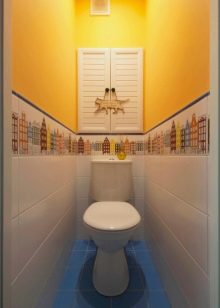
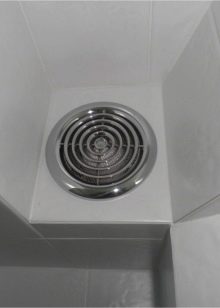
When choosing a fan, it is important to pay attention to various indicators.
- The presence of a humidity sensor, which itself calculates the moment to turn on when the humidity threshold has been exceeded. This type of inclusion helps to significantly save on electricity.
- Fans with a timer allow you to set the time for switching on ventilation, so as not to waste time on this, but to actively use the room under optimal and comfortable conditions.
- With the presence of a motion sensor that activates the fan if there is someone in the room.
- A device with a non-return valve that prevents contaminated air from the environment from entering the room.
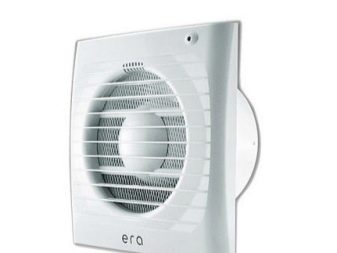

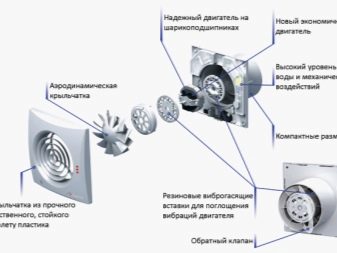

Modern devices can be equipped with smart technologies that have many functions and are easy to operate. Smart ventilation allows you to achieve the desired result, even for people with disabilities. Exhaust ventilation can be autonomous and located in the ventilation shaft of the bathroom, in the kitchen window or any other place where it can remove air from the room to the street. The operation of such a device is carried out on batteries, which means there is no risk of a short circuit and a threat to humans.
Such a portable hood will be a very convenient option for those who smoke, because it will help to effectively get rid of tobacco smoke and quickly clean the air in the room.
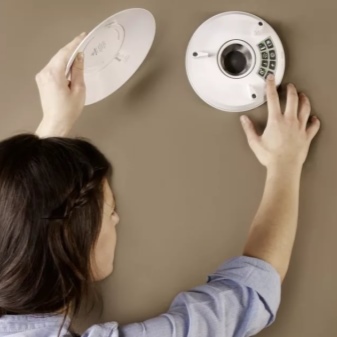
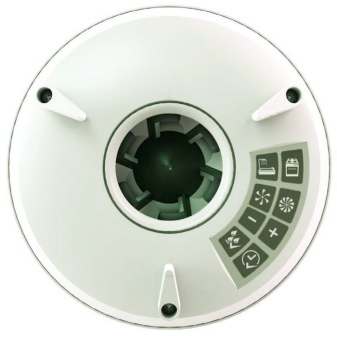
How it works?
Thinking about installing a fan in the air duct, you need to decide on the need for this device. If the hood copes with its work, then there is no point in installing additional devices.
To understand how efficiently ventilation works, you can look at the following indicators:
- how much the windows and mirrors in the bathroom sweat during the shower;
- wet background of the room, slow drying process of towels;
- the beginning of the development of fungus in the seams of the tiles, in the corner of the room and on the ceiling.
Mold and mildew not only destroy the decoration of the premises, but also negatively affect the health of the inhabitants of an apartment or house.


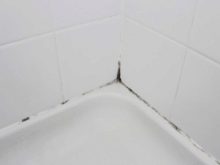
It is easy to check whether the ventilation is drawing air out of the room - for this you can take a match and observe the movement of the flame. If it does not move, then the duct is clogged and needs to be cleaned. With a weak movement, a weak thrust can be observed, which indicates the need to install a fan. It is important to carry out this test under optimal conditions, when cold air is blowing outside and it is warm at home. It is in these conditions that there is traction and it is possible to judge the condition of the ventilation shafts. Ventilation must cope with a given amount of air in the room, therefore it is important to choose sufficiently powerful devices.
If a forced fan is installed, its noise can be clearly heard while it is turned on. It hums quite noisily in case of incorrect editing, but if you do everything correctly, the sound will be almost inaudible. The noise threshold for the bathroom is 25 dB. Noise can also arise due to the strong power of the device and the high speed of the blades. When making a choice in favor of a particular product, it is important to pay attention to the power indicators, because exactly how they will affect the air exchange rate, and, importantly, the performance of additional functions, such as a timer or a motion sensor.
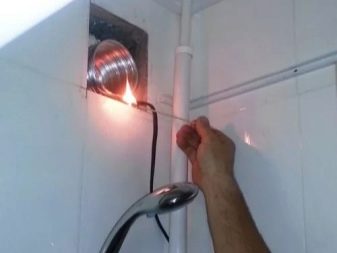

Which is better?
In order to make the right choice and install the right fan, it is important to know what exactly you need to pay attention to:
- Availability of certificates and quality assurance. The device must be safe and do its job well.
- The electrical parts of the hood must be housed in a plastic housing that protects them from moisture and steam.
- The optimal power level to quickly evacuate all the air in the room, renewing it. If the bathroom is shared, then the hood should be more powerful in order to serve two rooms at once.
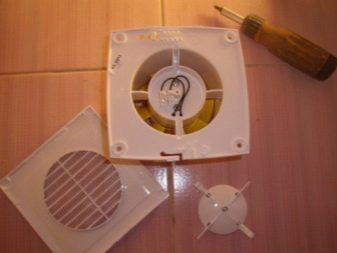
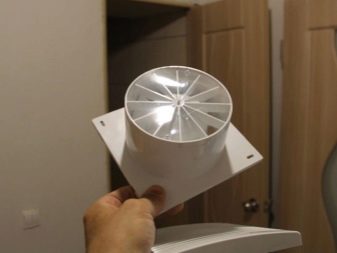
- Fans of modern technologies will like fans with various sensors and a timer.
- It is important to correlate the size of the exhaust opening with the dimensions of the fan itself, so that it goes into it, but at the same time does not dangle.
- The choice of ventilation devices is best made among the assortment of well-known brands that have established themselves in the market.
- The selection of the fan is also carried out taking into account the noise of the device, which should not be higher than 25 decibels.
- Selection of a good device for the best price.
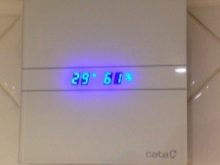
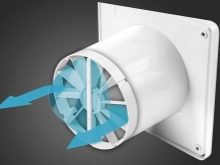
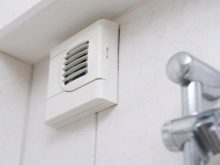
The most favorable fan option would be a device that runs on ball bearings.which makes them quiet and maximizes its lifespan. The most convenient way to use is a fan with a motion and humidity level sensor, which turns on itself at the right time, which does not require any human intervention and provides the latter with a comfortable use of the room.
The presence of a check valve greatly facilitates the care of the room, because no debris, dust and any small particles get into it from the outside, while everything unnecessary, harmful, and foul smelling is constantly removed.
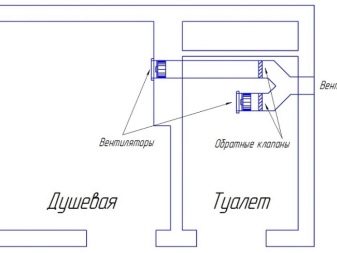
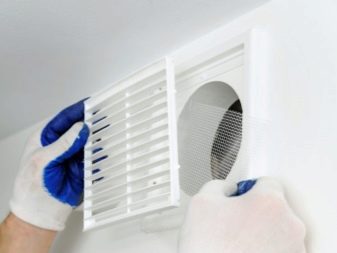
Self-production
If you need to install a fan in the bathroom with your own hands, then the easiest way is to purchase a suitable device for this, place it in the ventilation shaft, connect it to electricity and fix it to the wall. If possible, it is better to buy a fan that is equipped with a humidity sensor, which ensures that it turns on at the right time. The apartment usually provides for special air ducts, into which a mesh for natural ventilation or a fan for forced ventilation is mounted. If there is no such structure, then you need to do it yourself, doing it in the wall opening or in the ceiling. This is true for a private house, which was built as a summer cottage and did not imply a year-round stay.

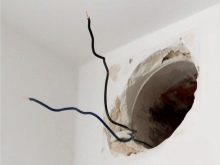

If the bathroom has a window, this is already an opportunity for ventilation of the space., but it is much more effective to add an electrical appliance to it for quick evacuation of air and saturation of the room with freshness. In cases where there is no ventilation and even a window is not provided, the shaft outlet will be through the wall of the house along the top, in the direction of the roof. Having mounted all the structures, you need to check how well the air flows through them, and only then mount the fan itself. In the process of work, something can clog the channel or partially clog it, therefore it is important to check the patency of both self-made air ducts and those that were provided during construction.
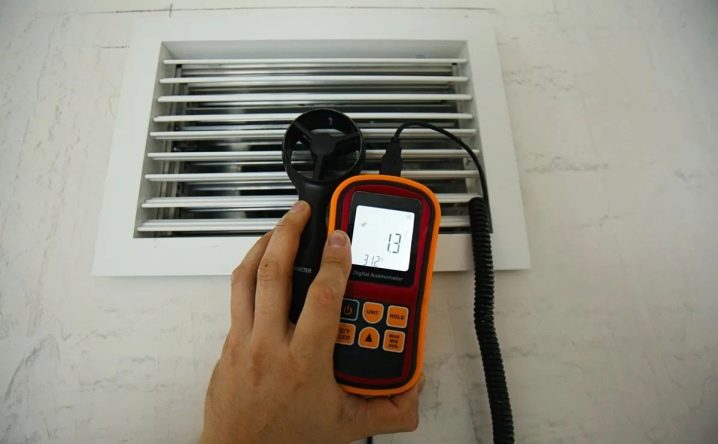
The selection of the fan is done according to the existing hole in the wall. If they do not match, then you will have to either expand it or tighten it. Installation is done by removing the grille and fixing all the necessary wires. You can fasten the equipment with self-tapping screws or liquid nails. When everything is ready, you need to put the grate back in place and cover the joint between the fan and the wall with a sealant.
By correctly installing the fan, you can make your stay in the bathroom comfortable and pleasant, ensuring the safety of all coatings for a person and extending their service life.
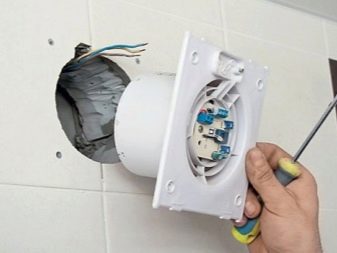
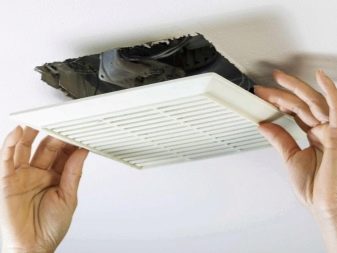
Materials and components
Ventilation for the bathroom and toilet may be ready-made and be in the wall, or it may be absent, then you need to mount it yourself. The choice of materials in this case plays an important role. Air ducts can be of different appearance, round or straight. The main material for their manufacture is steel, it can have different thicknesses depending on what temperature the air will have and how much it will move.
The main parts are the air ducts, but besides them, it is also important to use shaped parts, thanks to which turns and bends of structures are formed. For areas where the ventilation shaft runs from the outside, copper, textile and plastic parts can be used, which will not only have a high quality factor, but also a decorative effect.
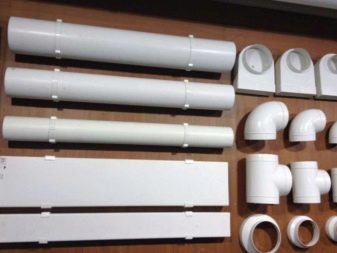
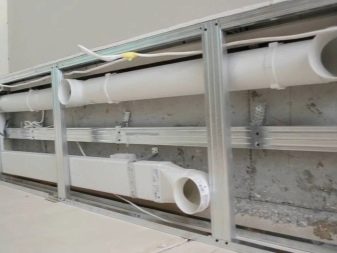
A flange, band, socket or sleeve can be used to secure the air ducts. Having drawn up a plan for future ventilation and having decided on the type of fastening and future materials, you can start working. The next important step will be the selection of the fan itself and its accessories.
Each ventilation system designed to purify the air must have a filter, which can have several types:
- dry porous;
- porous wetted;
- electric.

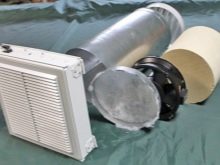
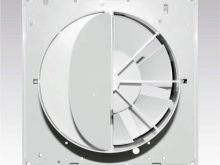
The choice of this or that option is dictated by the amount of dust that ventilation systems must catch and hold.
Another component is a silencer, which makes the fan operation less noticeable and loud. They are usually made of sheet metal in the form of two cylinders, which are separated by an absorbent material. In some cases, it is advisable to install dampers that let air in when they open and stop when they close.

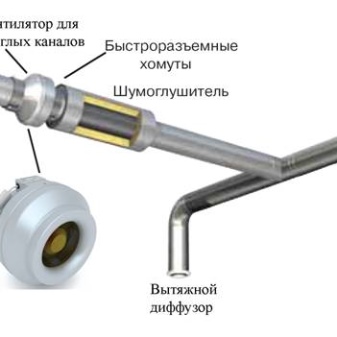
By itself, a fan for a bathroom or toilet can be of four types.
- Axial. It is used in apartments and houses, has a high efficiency with a relatively simple installation.
- Centrifugal. They are used at large industrial facilities, because the ventilation capacity of this device is very powerful and can process a huge air flow, while using the same energy resource.
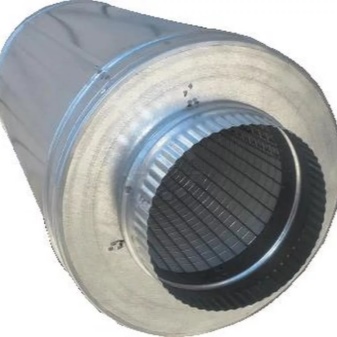
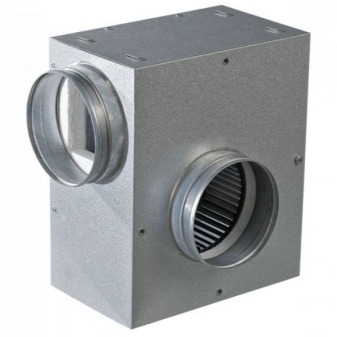
- Channel. Installed in the duct itself. These devices have a humidity and shutdown sensor. Most often, the device is placed in a plastic case, which makes it possible to use it in a sauna or swimming pool.
- Domestic. Serves for servicing the kitchen or bathroom in apartments. For such rooms, it is recommended to choose a device equipped with a non-return valve, which will not allow air from the toilet or kitchen to get into other rooms.

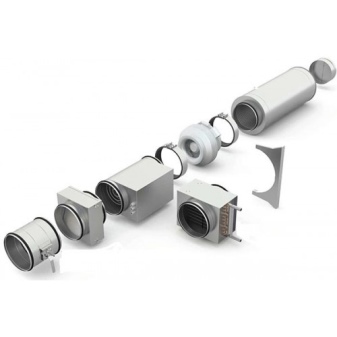
Based on the room, its dimensions and the preparation of the ventilation shaft, you can choose the right fan, and, if necessary, make an air duct.
Installation process
To install the fan, certain instructions must be followed. Often on the packaging itself with the fan there are already some recommendations on how to properly install it. However, before anything can be mounted, it is necessary to check the operability of the ventilation shaft, whether it copes well with air intake and whether it completely removes it from the room. If any problems with air flow are found, the ducts should be carefully checked and cleaned.
To install the fan, the first step is to remove the decorative grilleand then try on the fan for a specific duct. It is important to fix the device in the hole with a sealant or special glue, but the most reliable option would be to use self-tapping screws. Once the main fastening has been done, it is important to take care that there are no minor imperfections left. Once everything is finished, you can put the grate back in place and check the operation of the device.
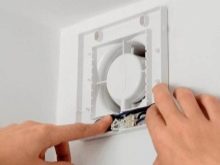
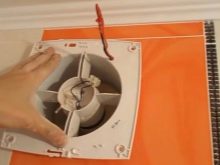

If the room does not have a ventilation shaft, then it must be organized at least at a height of two meters. It is advisable to position the outlet opposite or diagonally from the doors. This will help create the necessary air flow for active ventilation of the space. Fan performance can be selected as desired. It can turn on automatically if it has appropriate devices, or you can activate it by turning on the switch of the fan itself or combined with the light in the bathroom.
The choice of a fan must be justified so that its power is sufficient for a bathroom, and the design of the lattice is selected based on the appearance of the space, in order to emphasize its style and complement it if necessary. By installing such a device, you can extend the safety of all coatings in the bathroom and ensure a comfortable and safe use of both the bath and the toilet.
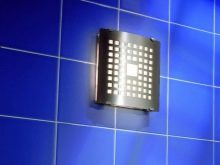
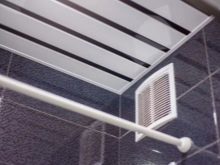
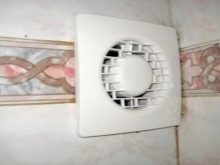
Recommendations for use
If the fan is installed correctly, then there should be no problems with its operation, and it will effectively cope with the amount of air in the room intended for it. However, if mistakes were made during the installation process or the work was performed by an unqualified master without due attention, then very soon the first problems may appear.
Before installing the fan in the shaft, it is important to check the draft in it. If it is not there or it is weak, it is advisable to clean the entire system, otherwise the problem will only get worse over time, and to clean the passages it will be necessary to dismantle the fan. When checking traction, it is important to do two tests at once - one with open doors and windows, the second with closed ones, in order to cut off access to a source of fresh air.


A combined bathroom with a toilet requires a more powerful device, therefore it is important to correctly calculate the power of the device when choosing it. Knowing the area of the entire bathroom, you can determine the type of fan. Often, more powerful units are also larger in size, because they need to pump a much larger volume of air. When choosing the size of the fan, it is important to know in advance the size of the ventilation shaft opening so that you do not have to expand it or insert something to fix it.
If over time, when you turn on the fan, problems began to appear and the device does not work, you need to check the wires and the switch, if it is a triggering element. When installing the fan, it is advisable to securely fasten all the cables so that they do not unwind over time, because during operation there is a slight oscillation of the surface that can affect them, therefore, over time, the contacts will weaken and move away.
It is better to mount the fan away from faucets and water, because it is highly undesirable to get it on the device.
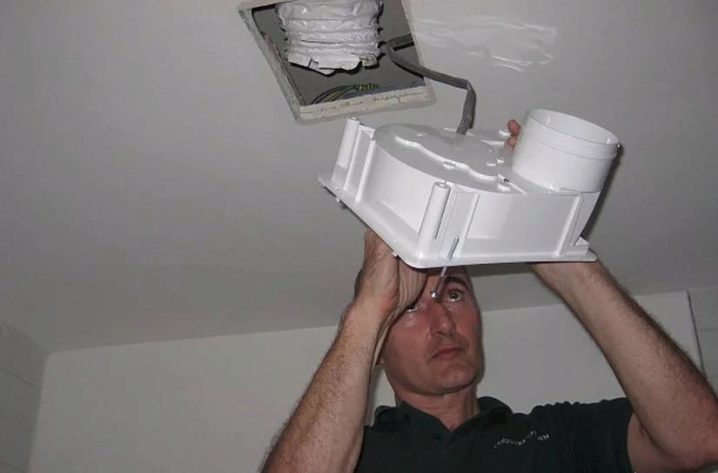
Correct height and location can guarantee optimal fan performance, and the cleaned airways will give free passage of air from the room to the outside and replace it with fresh and clean air.
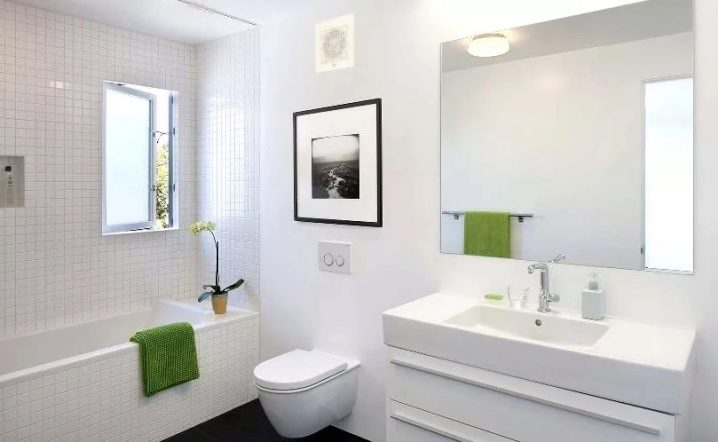
Helpful tips from the pros
When choosing a fan, it is important to pay attention to many details. If a bathroom is chosen as the installation site, then the humidity level in it will be high enough, therefore, it is necessary to look for marking with the letters IP, which speak of additional protection of the case from moisture and are ready for humid air masses that will pass through it.
With regard to power, it is recommended not to take devices with parameters less than 100 m3 / h. To save energy, the most relevant will be models equipped with a motion sensor, which turns on the device when someone appears in the bathroom or toilet and turns it off when the object disappears. If there is a desire to use the fan only if necessary, then it is better to choose a device with a humidity sensor in the room, then the fan will start its work as soon as the level of the norm is exceeded, and will stop when the air is fresh and clean.


If you want to take a shower in a well-ventilated area, you can set a timer to automatically turn on the fan, which will turn itself off at a predetermined time by the owner himself. When choosing a fan for high-rise buildings, it is very important to check for the presence of a check valve, which will block other people's debris and dirty air, not letting it into the apartment.
Only a careful selection of the device can ensure the comfort of living in an apartment or house. and the use of a bathroom and toilet in compliance with all standards of humidity, air purity and the complete absence of harmful factors that appear if such standards are not followed.
See below for the secrets of installing the hood in the bathroom and toilet.






The comment was sent successfully.